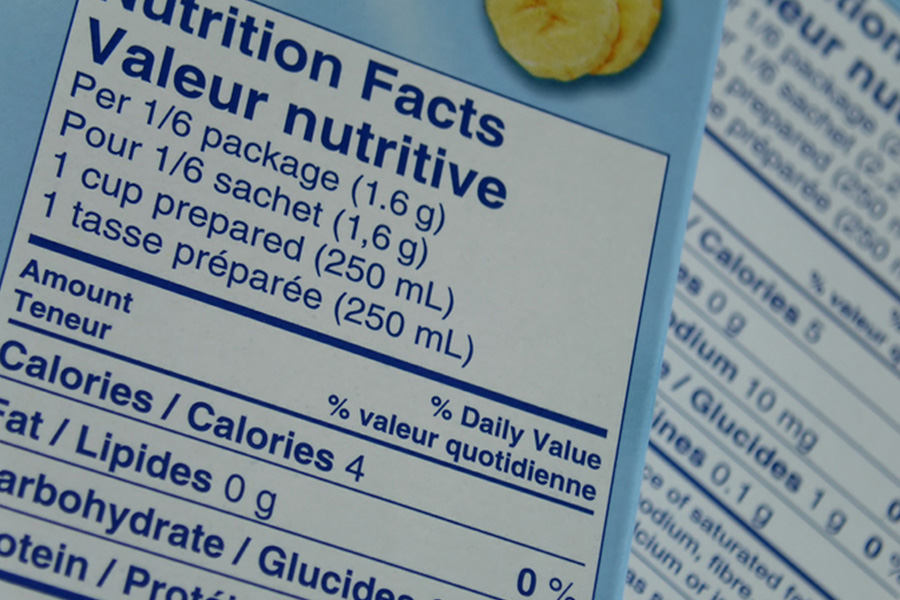Feb 09, 2022 by Mark Dingley
Are you planning to export fresh fruit, vegetables, or meat for the first time?
Get your notepad ready – there’s a strict process when preparing goods for export overseas to ensure they comply with the Export Control Act 2020.
Before you do anything else, familiarise yourself with export regulatory requirements.
There’s a long list of compliance checks you need to tick before you can export meat products, and that’s before you start looking at the regulations of the importing country.
To help you, the Australian Department of Agriculture, Fisheries and Forestry (DAFF) maintains the Manual of Importing Country Requirements (Micor) as a resource for exporters of Australian agricultural products.
This provides guidance on importing country requirements for meat, dairy, plants, fish, live animals, eggs, and other goods, such as honey and processed foods.
The best part?

Micor is updated as soon the department becomes aware that an importing country has changed its requirements – which happens a lot! (Just look at the new requirements for China starting in 2022)
That said, treat it as a guide and always check with your importing partner before taking action.
Exporting to China? Check out our article here and make sure you tick all the boxes.
To help you with one section of your export to-do list, here are 5 things to consider for your labelling:
You can have the best meat products in the world (and we do in Australia!), but they aren’t going anywhere without the right export control marks.
Export Control Marks, aka DAFF marks, are applied to products exported out of Australia and are controlled by the DAFF.
Each type of meat or meat product label has very specific mark dimensions and requirements, including a unique combination of letters and numbers.
Approved information that must be included on a meat export label is:
The Department of Agriculture has certified a number of Australian companies registered as approved manufacturers of official marks and marking devices. These approved manufacturers are required to comply with a Code of Practice.
Matthews Australasia is an approved company. Our iDSnet DAFF system is an approved manufacturer of Official Marks and has been issued an Instrument of Approval by the Department of Agriculture. Talk to us about using iDSnet DAFF to satisfy your Official Marks requirements and be confident that you are compliant.
Many exporters may not realise but you must record all label prints and maintain transactions for a minimum of three years for auditors. And as you can imagine, the Department of Agriculture takes audits very seriously.
Matthews iDSnet makes it simple to keep compliant records. Every print is recorded for both exported and non-exported goods, so auditors can see all information on the product and its history on the production line including who started the run, when and where the run was started, batch information and batch number, and more. Matthews can also encrypt the transaction data so that only Matthews engineers and Department of Agriculture auditors can view transaction tables to ensure compliance to standards.
.jpg)
Consider whether labels need to be bilingual. For example, English/Chinese labelling requirements are required for exported meat and seafood products.
The EU requires that text on the label must be written in one of the official languages of an EU Member State and be understandable for the consumer.
Depending on the country, you may need to meet trade and consumer packaging legislation. For example, food placed on the EU market must meet the legislation on food labelling.
Trade packages and cartons of fresh fruit or vegetables must mention:
Source: OECD (2020)
Best practice is to use the GS1 Legal Requirements for Labels on Fruit & Vegetables as a guide for legal requirements for consumer units and trade units in the EU.
This provides a great overview of labelling requirements for different consumer and trade packages.
Just as in Australia, the organic certification is taken seriously in other countries.
For example, all organic products imported into the EU must have the appropriate electronic certificate of inspection (e-COI).
These certificates are managed through the Trade Control and Expert System (TRACES).
No certificate, no sale. In fact, without an electronic certificate of inspection, your products will not even be released from their port of arrival in the European Union.
In 2021, the EU has become even stricter with organic produce. The new organic regulation (EU) 2018/848 and new Official Control Regulation means inspection of organic products is now even stricter to prevent fraud.
Exporting provides a huge growth opportunity for Australian fresh produce business. In financial year 2021, the value of fruit exports from Australia to China totalled around AU$339 million. But you need to do your research and due diligence if you’re going to tap into the global market successfully. Tick all the boxes and stay compliant, and watch your produce fly off shelves around the world.
.jpg)